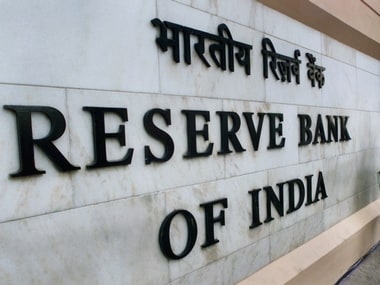There is no consensus among economists on what Reserve Bank of India (RBI) governor Raghuram Rajan could announce today in his first bi-monthly monetary policy of the fiscal year 2016. After keeping the repo rate at high levels to fight inflation for a considerably long period, Rajan began on the reversal path in January. Repo rate is the rate at which the central bank lends to banks and it is the policy rate. The RBI has brought down this rate by a total of 50 basis points (bps) in two rounds. It currently stands at 7.50 percent. While a section of economists expect the RBI to cut rates today to support growth, others forecast the central bank to take a pause in view of the risk factors to inflation. [caption id=“attachment_2134725” align=“alignleft” width=“380”]  Reuters[/caption] There are three possible scenarios that one could expect from the policy: Status-quo on rates As mentioned above, a recent upward trend in consumer price inflation might be seen as a factor by the central bank for not cutting rates and instead wait for more cues on price trends. Retail inflation rose to 5.37 percent in February, from 5.19 percent in the previous month. Adding to the worries, the recent unseasonal rains and tensions in Yemen might be seen as risk factors for not cutting rates immediately. If indeed the RBI holds the rate, banks will also be able to buy more time to cut rates. The borrowers’ wait for lower interest rates may just get longer. Repo rate cut by 25 bps If Rajan chooses to cut rates by a quarter percentage points in the backdrop of falling growth, this would give a marginal relief to banks as it would lower their cost of funds. In reaction, some banks may lower their lending rates by a small margin in the coming weeks. However, do not expect a significant cut. A 50 bps cut in CRR Rajan can opt for a cut in banks’ cash reserve ratio (CRR) by about half a percentage point. CRR is the proportion of deposits banks need to hold with the RBI and currently stands at 4 percent. A 50 bps cut on this key ratio will release Rs 40,000 crore into the banking system instantly. This would mean more funds with banks to lend and can technically force banks to go for a steeper cut in bank lending rates. This would be more effective than a reduction in repo rate. But the catch here is that the banking system currently is not in desperate need for liquidity. So, one would need to wait and watch how much of this relief, if it happens, ultimately gets translated to the end customer.
While a section of economists expect the RBI to cut rates today to support growth, others forecast the central bank to take a pause in view of the risk factors to inflation
Advertisement
End of Article


)

)
)
)
)
)
)
)
)



